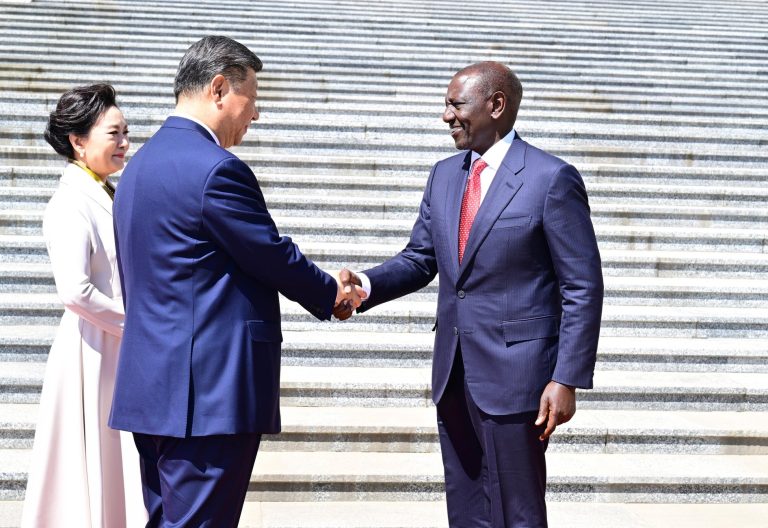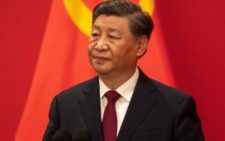Kenya needs to study China’s retail logistics innovation

In today’s rapidly transforming world of commerce, one truth has become increasingly clear: the future of retail logistics is no longer being shaped in traditional Western centres – it is being written in Asia.
Nowhere is this shift more visible than in China, where the convergence of scale, technology, infrastructure, and evolving consumer behaviour is redefining what is possible in the movement of goods.
For global retailers, policymakers, and logistics providers, the innovations emerging in Asia are not just fascinating trends – they are practical blueprints worth studying and adapting.
Over the past decade, China has evolved from the world’s manufacturing powerhouse into the epicentre of next-generation retail logistics. It has done so not by replicating established Western models, but by innovating on its own terms.
From warehouse automation to drone deliveries, from artificial intelligence in inventory management to lightning-fast last-mile fulfilment, the Chinese logistics ecosystem is setting new global benchmarks in efficiency and resilience.
Leading firms like Alibaba’s Cainiao, JD Logistics, and Meituan are pioneering end-to-end systems that integrate technology and physical infrastructure at a scale previously unseen.
What makes China’s approach particularly compelling is the seamless integration of logistics with digital commerce.
In many Western markets, logistics infrastructure often lags behind e-commerce innovation. In China, the two grow in tandem. Live-stream shopping, 30-minute grocery delivery, and rapid nationwide returns are not premium perks – they are expected norms.
This level of service is powered by real-time data, AI-powered demand forecasting, and robotic warehouses that operate with precision and speed.
The lessons for Kenya – and Africa more broadly – are both timely and important. With rising urban populations, growing consumer markets, and high mobile penetration, Kenya is uniquely positioned to benefit from logistics innovation.
Homegrown startups like Sendy, Twiga, and Wasoko have already begun to modernise supply chains, bringing efficiency to agriculture, retail, and last-mile delivery. But significant challenges remain, including infrastructure gaps, high transport costs, and fragmented regional markets.
Here, Asia’s experience offers insight and opportunity. China’s model succeeded not because conditions were ideal, but because innovation was prioritised despite logistical complexity.
Mobile tracking, route optimisation software, and decentralised fulfilment centres allowed goods to reach consumers in both dense cities and rural areas. Kenya, with the right policies and public-private collaboration, can do the same.
Asia’s rise in logistics offers partnership, not dependency. Kenya should position itself not merely as a recipient of innovation, but as a co-author in the next chapter of global commerce.
This means investing in smart infrastructure, supporting logistics-focused startups, and building regulatory environments that enable experimentation while protecting consumers.
The writer is a Journalist and Communication Consultant














